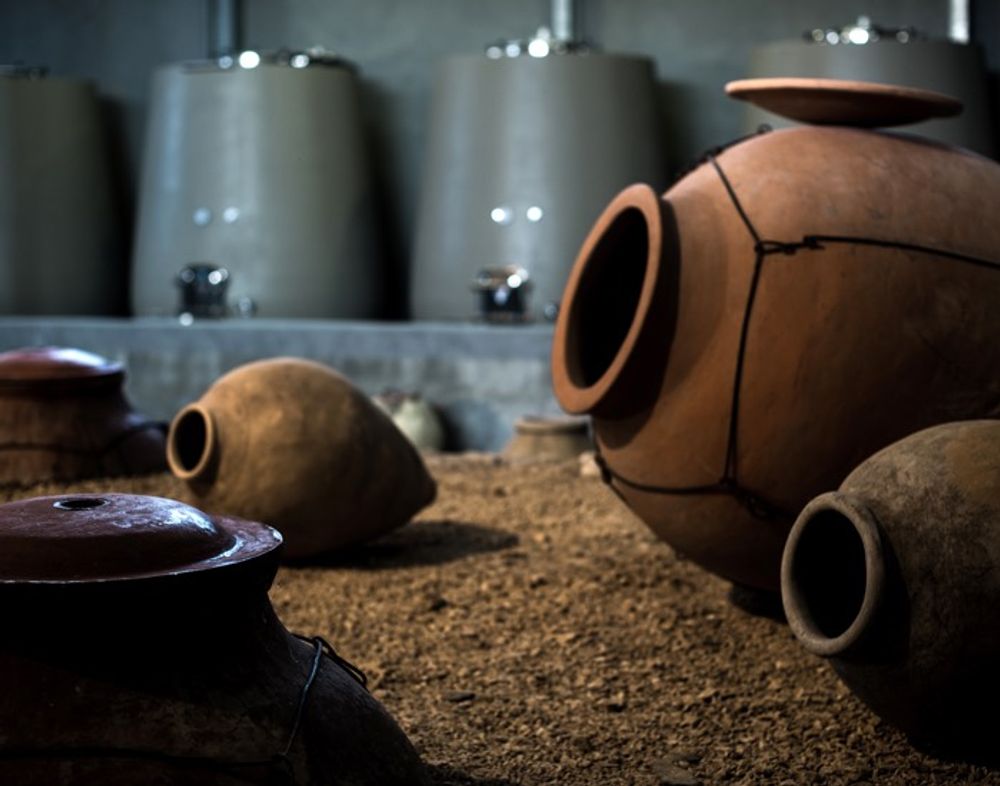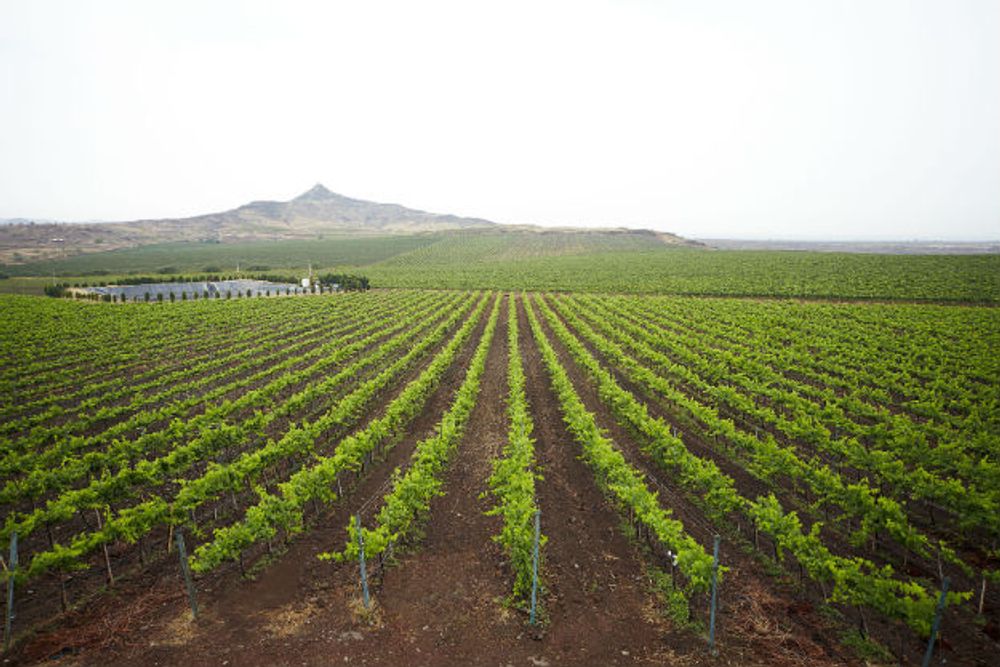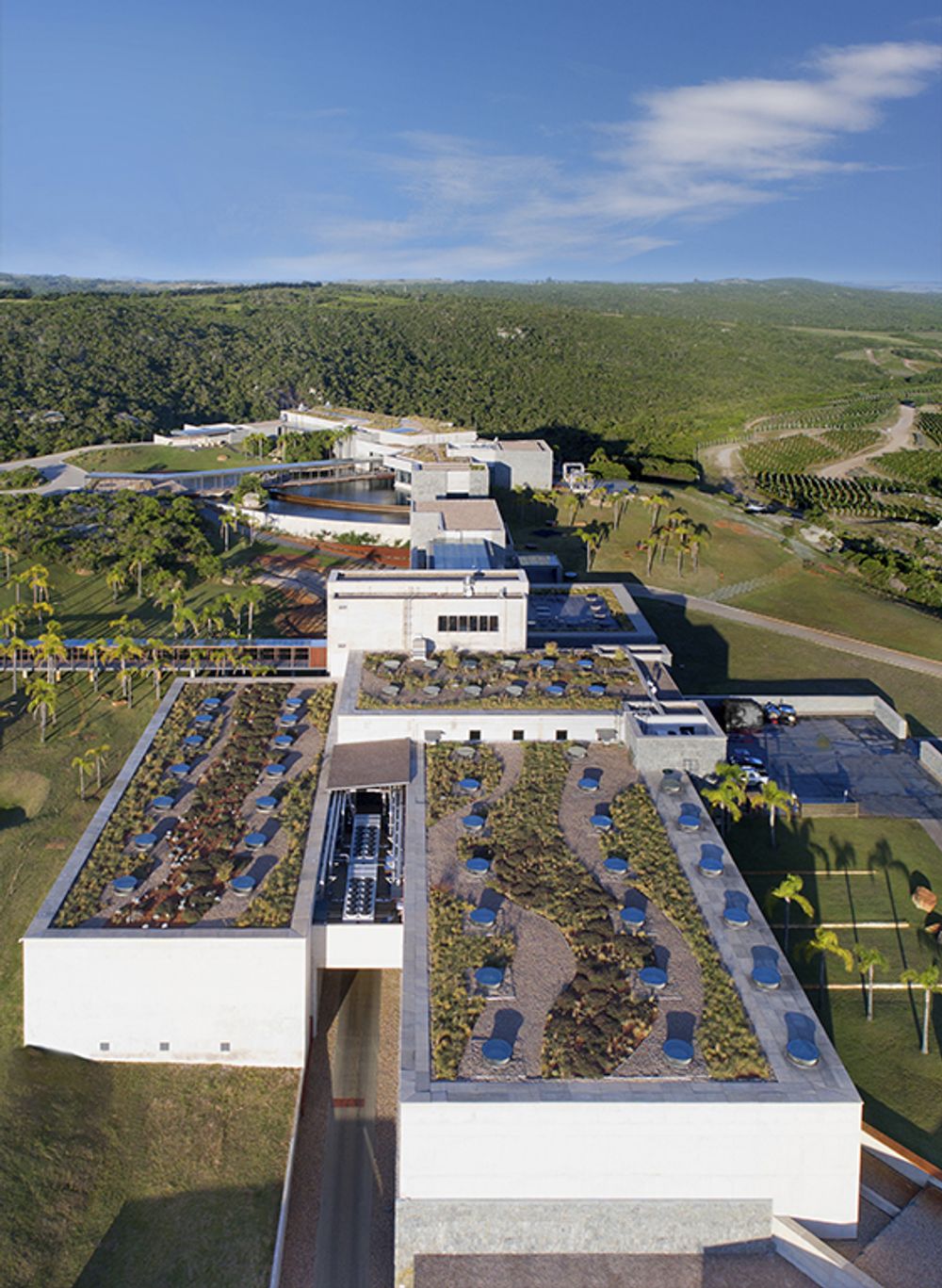British wine drinkers have never been more intrigued by the unknown and more prepared to travel – even if only by glass or bottle.
Last year was bad for emerging markets, with investors running scared of volatile countries like Turkey, South Africa and Argentina, whilst the growing US-China trade war brought out the bears at the Shanghai and Shenzen stock exchanges.
For emerging wine regions, on the other hand, things have never looked so buoyant. This has been particularly so in the UK on-trade where the growing consumer desire for value coupled with novelty and good points of difference have been paying dividends to small to medium sized specialist importers focused on individual countries, like Wines of Hungary, Malux (also Hungary), Southern Wine Roads and Maltby and Greek (both Greece).
The fact that Hungary and Greece are both undergoing a dramatic renaissance of their respective wine industries after years of neglect has helped the positive mood surrounding the on-trade’s discovery of their wines.
“People are looking for quality wines which are great value. Young people are looking for alternatives to the wines their parents drank and have opened up to the wines of the ‘new old world’ like Hungary, Romania and Greece,” says Wines of Hungary’s Lilla O’Connor. “These countries represent uniqueness and high quality for a reasonably good price.”

Ancient amphorae, karas, and large modern, temperature controlled concrete vats are used in the Zorah winery in Armenia. Both allow the wine to breath, enhancing the wine’s complexity, elegance and depth.
However, growing demand for wines from lesser known regions – particularly if they have even weaker currencies than Brexit-battered sterling – seems to be attracting the more traditional importers and suppliers into what was once just a niche area.
O’Connor points out that three major importers – Jascots, Corney & Barrow and Bibendum – took on Hungarian wines last year, either for the first time or adding to their existing portfolio, and, as a result, you have started seeing them appear in high profile restaurants and bars – the National Theatre, for example, has started listing Hungarian wine.
Others have been looking beyond Europe – to Armenia, Israel and beyond
Take Liberty Wines. The delicious, amazingly nuanced wines produced by Zorah in Armenia were one of the star attractions at its annual tasting. Little wonder. These were amongst the most authentic wines I have tasted thanks to the efforts of Zorik Gharabian, an Italian-based Armenian expat and his Italian winemaker Alberto Antonini who have made two delicious reds from local variety Areni Noir (most notably Karasi, made using Karas, traditional wax-sealed amphorae which are buried before the wine is bottled) and Voski, a superb, concrete-aged mineral driven white made from Garandmak and Voskeat (no, me neither).
Things are going from strength to strength.
“It was a great harvest last year which ended in late October, a week earlier compared to other years, but the fruit was healthy and plentiful and 2018 promises to be a great vintage,” says Gharabian, who last year also launched the Zorah Heritage Grape Project. Working with growers from around the country, the project will showcase rare and unusual Armenian varieties though small releases of new wines, the first of which will be released in 2020 to mark the 10 year anniversary of Zorah. He is also seeking to boost recognition of Karas – Armenia’s answer to Georgian quevri.
“The art of creating these huge vessels has completely disappeared in Armenia and there are no more masters in the country. We are working to create collaboration with young Armenian potters and master potters in Imprunetta Italy as well as with wineries in Italy and Portugal to revive this ancient art,” he says.
Liberty, which already had listings from Slovenia, Hungary and Canada, has just taken on a new Israeli producer, Segal, as well as its first Chinese winery, Kanaan. They took an audacious leap last summer by launching two new sets of Indian wines from Italian-owned producer Fratelli, based in a high-altitude region of Maharashtra called Akluj, around five hours drive from Bombay.
The first range, M/S, is a joint venture between Piero Masi and Steven Spurrier and comprises a delicious, fragrant and fruit-forward 80/20 Chardonnay/ Sauvignon Blanc blend, a refreshing rosé made with Sangiovese, and a medium-weight but beautifully rounded red blend of Sangiovese, Cabernet Franc and Syrah. Stelvin-sealed, these are accessible wines that confirm that India’s wine industry (until now famous mainly for Sula Wines) is increasingly capable of producing decent, mainstream wine.
The other new-release Fratelli wines – J’Noon– are quite different. Bearing the imprint of famed Burgundian winemaker Jean-Charles Boisset, these are weighty wines (quite literally: the hefty bottle alone weighs almost a kilo) and come from very different terroir, some 650 metres above the Nira River south of Pune. The white is Burgundian in style, despite being a 60/40 Chardonnay/ Sauvignon Blanc blend, whilst the red is a full bodied, rounded blend of Cabernet Sauvignon, Petit Verdot, Marsellan (a Languedoc-crossing between Cab Sav and Grenache) and Sangiovese.
“The wines have been very well received. Our aim was to ensure we could sell them into both Indian restaurants and retailers and restaurants with international lists. We have succeeded in doing this, as the wines stand on their own,” says Liberty’s MD David Gleave.

Situated in the interiors of Maharashtra, Fratelli Vineyards is one of the most exciting developments in Indian wine to date
A few years ago, Berry Bros & Rudd (BBR) was one of the last places you might expect to see emerging region wines but this stalwart of St James’ has taken on producers from Bulgaria, Cyprus and Lebanon, to name a few. The surprise of its autumn tasting were the Cretan wines from Domaine Lyrarakis, notably the white Dafni, although this producers’ other wines, notably the white Thrapsathiri, made from this local aromatic grape, the fragrant, light-bodied red made from local variety Liatiko, were equally impressive when I tasted them at the vineyard this October. By bringing these wines to the UK, BBR has opened the doorway to a wine region that British wine drinkers would normally only taste in situ.
Bringing Greek wines to the UK is something that Hallgarten & Novum Wines has been doing for years, thanks to senior buyer Steve Daniel. Its Greek list is now one of the most impressive in the on-trade including such leading lights as Gaia, Alpha Estate and Ktima Gerovassiliou, but other names have been added including Idaia Winery in Crete, which I also visited this autumn. Like most other signings, Idaia, run by a charming husband and wife team, focuses on local varieties of which the stand-out is the sublimely saline, rich but linear white Ocean 2017, made from 100% Thrapsathiri.
Other significant Hallgarten emerging region signings last year were from Macedonia (Tikves), from Croatia (Jako Vino) and from the Balearic islands – Bodega Bilingual from Majorca and Bodegas El Grifo and Bodegas Vinitigo from the Canary Islands. The new Croatian wines, both whites from the island of Brac, are particularly distinctive, making great use of the indigenous Dalmatian variety Posip, as a varietal and a blend.
So what might 2019 have in store?
Wines of Hungary plans to kick off with Furmint February, a celebration of the country’s best known variety that has been running in Hungary for many years. Much of the UK trade has gotten behind this initiative which starts with a trade tasting at the end of January, and continues through February with special tastings, dinners and offers.
“Furmint has been gaining more and more recognition in the UK, so we feel now is the right time to shine a light on this exceptional variety,” says O’Connor.

Wine of Hungary’s Lilla O’Connor
Wines of Hungary has also been looking to bring more great producers to launch into the on-trade. One name worth looking out for is actually from just over the border in Romania (in Arad) where Balla Geza, an ethnic Hungarian producer committed to reviving the once famous Minis wine region, has been working with local varieties including red Cadarca. A particularly appealing white that should do well is Mustoasa de Maderat, which comes across rather like an Alsatian Pinot Blanc; this is a zesty, fruit-driven wine, very slightly pink thanks to the time the wine spends on the skins. Intriguing, memorable, this wine stayed with me for days after tasting it.
Two of the other new producers Wines of Hungary is bringing to the UK include Heimann from the Szekszard region whose savoury, full on red Barbár 2015 was one of the most delicious wines I drank over the New Year period; and the Austrian Pfneiszl sisters, from Sopron near the Austrian border, whose delicious rounded white Zefir (a crossing of Leanyka from Romania and Harslevelu from Hungary) has remarkable roundness and length, yet just 11.5% alcohol.
“Hungary can offer so many unique and delicious wines either from indigenous grape varieties or internationals like Pinot Noir and Cabernet Franc. We have the largest size of land under vines for Kekfrankos (aka Blaufrankisch, aka Frankovka) which many say will be the next big thing in the wine world. Olaszrizling is another versatile, unpronounceable white grape with great potential, and Kadarka, an ancient Hungarian variety providing easy drinking, yet with complex low tannin reds somewhere between Pinot Noir and Gamay,” says Zsuzsa Toronyi, an oenologist at Wines of Hungary.
Hallgarten will also be looking east in 2019…. to Georgia.
“The country has heritage, a great story and some great grapes; not just Saperavi, which is well known but lots of white varieties like Kisi, Krakuna and Tsitska which have great expression. We won’t necessarily be looking for quevri wines – which are just 2% of the total – but for quality and value,” says Steve Daniel.
2019 will also be the year of Uruguay in the UK
Until now Uruguay has very much played second fiddle to Argentina and Chile (although with just 7000 hectares under vine compared to 125,000 in Chile its presence will still be relatively boutique). Liberty has just started listing wines from Bodega Garzón, the fast-growing quality producer established in coastal Maldonado by the Argentine energy billionaire Alejando Bulgheroni, which was voted New World Winery of the Year last year by Wine Enthusiast.
Garzón specialises in Tannat, in fact his delicious, rounded and fruit-balanced single vineyard Tannat 2017 is one of the best expressions of the grape I have tried. It also makes a range of other varietal wines and the award-winning Balasto, a blend of Tannat, Cabernet Franc, Petit Verdot and Marsellan.

State of the art in Uruguay: the Bodega Garzon winery has a capacity of 2.2 million litres and will be the first sustainable, LEED certified (Leadership in Energy & Environmental Design) winery outside North America.
Not to be outdone, the Wine Society will also be getting in on the act; a range of Uruguayan wines will be added to its list from February including several Tannats, a Viognier and a Marsellan.
“Uruguay is quite different from other south American countries; it’s cooler and wetter, which means no irrigation is needed. The result is firmer tannins, higher acidity and lower alcohol, which makes these wines feel stylistically European,” says Toby Morrhall, South America buyer at the Wine Society.
So what else can we expect?
I would hope at least one big importer looks seriously at Bulgaria, which has made huge qualitative steps in the past few years and has some intriguing crossings and indigenous varieties. For value, I would also expect someone to look again at Moldova which after years of hard work is starting to produce decent wines from popular international varieties. I would also hope to see some wines from Slovakia and the Czech Republic; although quantity is small – particularly from the latter – the wines generally have a light, accessible profile that makes them a good fit with current consumer preferences.
So as 2019 gets under way, expect to see more wines from more emerging regions, made with varieties you will probably never have heard of. And which you will almost certainly be unable to spell.










































